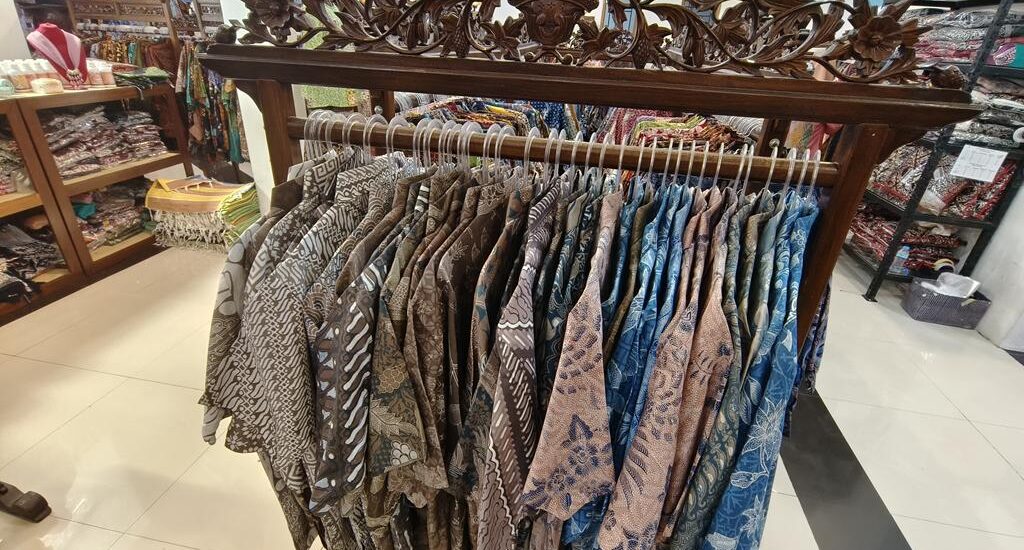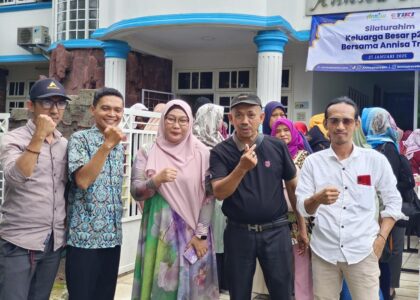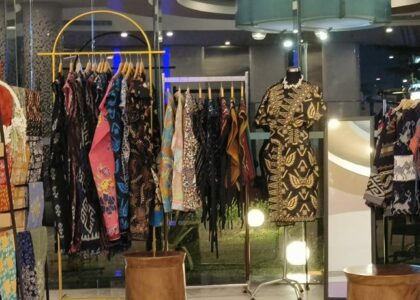Traditional Batik of Indonesia: A Cultural Masterpiece
An Introduction
Traditional Batik of Indonesia is more than just a textile; it is a cultural heritage, a form of art, and a way of life that has been passed down through generations. This ancient craft, which involves the intricate application of wax and dye to create beautiful patterns on fabric, holds a special place in Indonesian culture and history. Batik is not only a symbol of national pride but also a reflection of the country’s diverse cultural and artistic traditions.
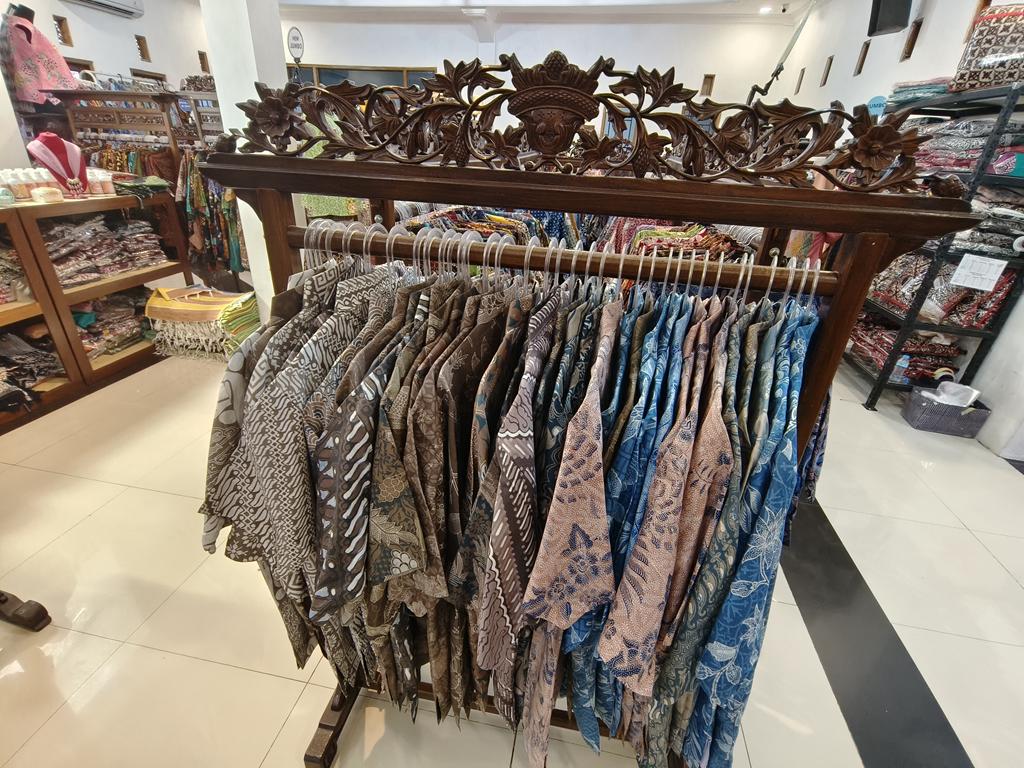
The Historical Background
The origins of Batik in Indonesia can be traced back to ancient times. Although the exact timeline is uncertain, evidence suggests that Batik has been practiced for over a thousand years. The word “Batik” itself is derived from the Javanese words “amba,” meaning to write, and “titik,” meaning dot or point. This reflects the technique used to create Batik patterns, which involves applying wax to the fabric in intricate designs before dyeing it.
Batik’s history is deeply intertwined with the cultural and social developments of the regions where it is produced. In Java, the heartland of Batik, the craft was traditionally associated with the royal courts and nobility. Batik patterns and motifs were often imbued with symbolic meanings, representing social status, regional identity, and even philosophical concepts. Over time, Batik spread beyond the royal courts and became a cherished tradition among ordinary people.
The Batik Making Process
The process of creating traditional Batik is labor-intensive and requires a high level of skill and artistry. There are two primary techniques used in Batik making: hand-drawn (Batik Tulis) and stamped (Batik Cap).
- Batik Tulis (Hand-Drawn Batik)
Batik Tulis is the most traditional and revered form of Batik. The process begins with a plain piece of fabric, typically made from cotton or silk. A canting, a small copper tool with a spout, is used to apply hot wax to the fabric. The artisan carefully draws the desired patterns, using the wax to create intricate lines and dots. Once the wax has been applied, the fabric is dipped in dye. The areas covered by wax resist the dye, creating a contrast between the dyed and undyed sections. This process is repeated multiple times with different colors to achieve the final design. Each step requires precision and patience, as even a small mistake can affect the overall pattern. - Batik Cap (Stamped Batik)
Batik Cap, also known as stamped Batik, is a more modern method that allows for faster production. In this technique, metal stamps with pre-carved patterns are dipped in wax and then pressed onto the fabric. While Batik Cap is less time-consuming than Batik Tulis, it still requires skill to ensure the patterns are applied evenly and accurately. The stamped fabric is then dyed in a similar manner to hand-drawn Batik, with multiple rounds of wax application and dyeing.
Regional Variations
Indonesia’s diverse cultural landscape has given rise to various regional styles of Batik, each with its own distinct motifs and techniques. Some of the most renowned Batik-producing regions include:
- Yogyakarta and Surakarta (Solo)
Yogyakarta and Surakarta, often referred to as Solo, are two of the most prominent Batik centers in Java. The Batik from these regions is characterized by its classical and refined designs, often featuring intricate floral and geometric patterns. Traditional Yogyakarta Batik is known for its use of the soga brown color, while Solo Batik often incorporates a rich palette of indigo and other natural dyes. - Pekalongan
Pekalongan, located on the northern coast of Java, is famous for its vibrant and colorful Batik. Unlike the more subdued tones of Yogyakarta and Solo, Pekalongan Batik often features bold and lively motifs, including flowers, birds, and mythical creatures. The use of brighter colors and contemporary designs has made Pekalongan Batik particularly popular among younger generations. - Cirebon
Cirebon, another coastal region in West Java, is known for its distinctive Batik with Chinese and Islamic influences. The Cirebonese Batik often includes motifs such as dragons, phoenixes, and cloud patterns, reflecting the region’s historical trade connections with China. The color palette is usually dominated by shades of blue and white, symbolizing purity and harmony. - Bali
In Bali, Batik is intertwined with the island’s unique cultural and artistic traditions. Balinese Batik often incorporates motifs inspired by nature, such as flowers, leaves, and animals. The designs are characterized by their intricate details and vibrant colors, reflecting the island’s lush landscapes and vibrant culture.
Cultural Significance
Batik holds profound cultural significance in Indonesian society. It is more than just a piece of cloth; it is a symbol of identity, heritage, and pride. Batik is worn on various occasions, from daily attire to formal ceremonies and celebrations. It is an essential part of traditional weddings, where specific Batik patterns are chosen to convey blessings and good fortune to the bride and groom. In addition, Batik plays a vital role in religious and cultural rituals, serving as offerings and ceremonial garments.
In 2009, UNESCO recognized Indonesian Batik as a Masterpiece of Oral and Intangible Heritage of Humanity, further cementing its status as a cultural treasure. This recognition highlights the importance of preserving and promoting Batik as a living tradition that continues to evolve and inspire new generations.
Modern Revival and Global Appeal
While traditional Batik remains deeply rooted in Indonesian culture, it has also experienced a revival and gained global recognition in recent years. Contemporary designers and artists have embraced Batik, incorporating its timeless patterns into modern fashion and art. Batik clothing, accessories, and home décor have found their way onto international runways and into stylish homes around the world.
Efforts to promote Batik have also extended to educational initiatives and community projects. Workshops and training programs are held to teach the younger generation the art of Batik, ensuring its continuity and relevance in the modern era. Additionally, collaborations between local artisans and global brands have helped to bring Batik to a wider audience, fostering cultural exchange and appreciation.
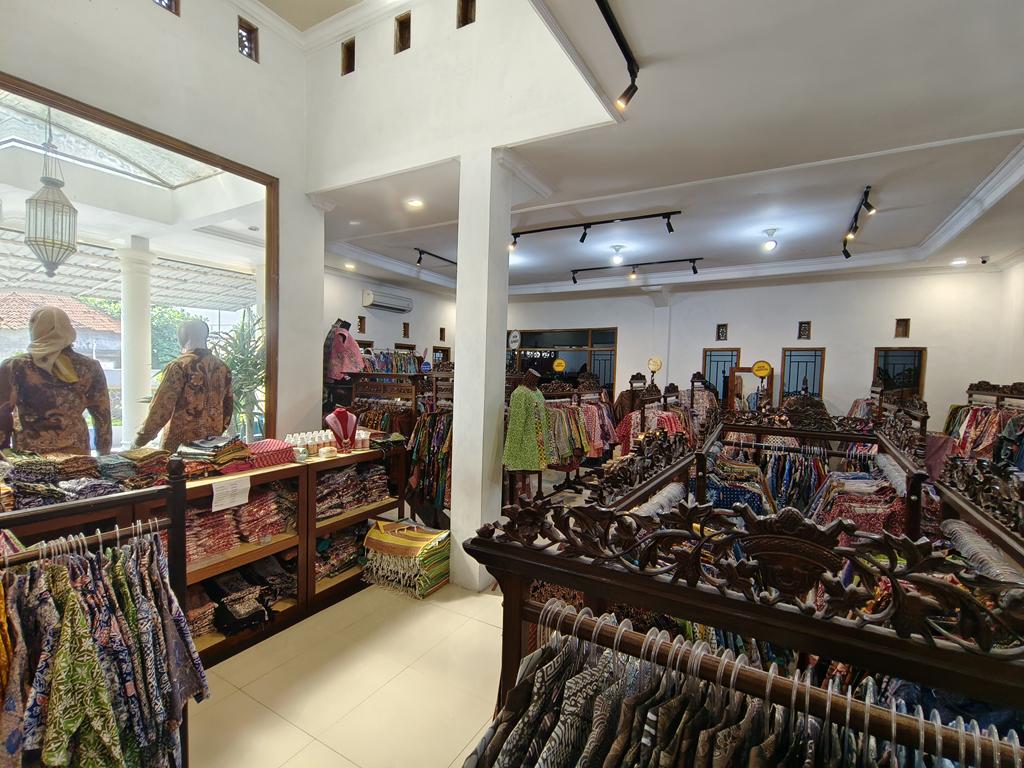
Conclusion
Traditional Batik of Indonesia is a testament to the country’s rich cultural heritage and artistic ingenuity. From its ancient origins to its modern revival, Batik continues to captivate and inspire people around the world. As both a symbol of national identity and a global fashion statement, Batik embodies the timeless beauty and enduring spirit of Indonesia. By preserving and celebrating this cherished tradition, we honor the creativity and craftsmanship of the artisans who have dedicated their lives to this extraordinary art form.

